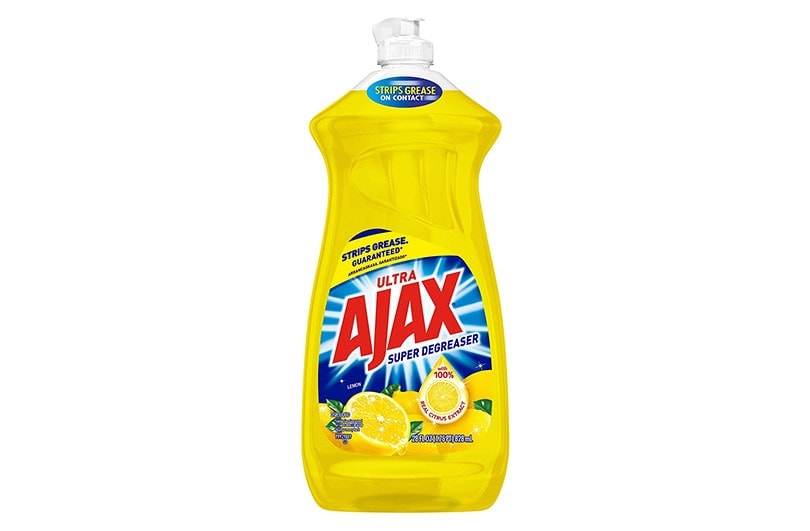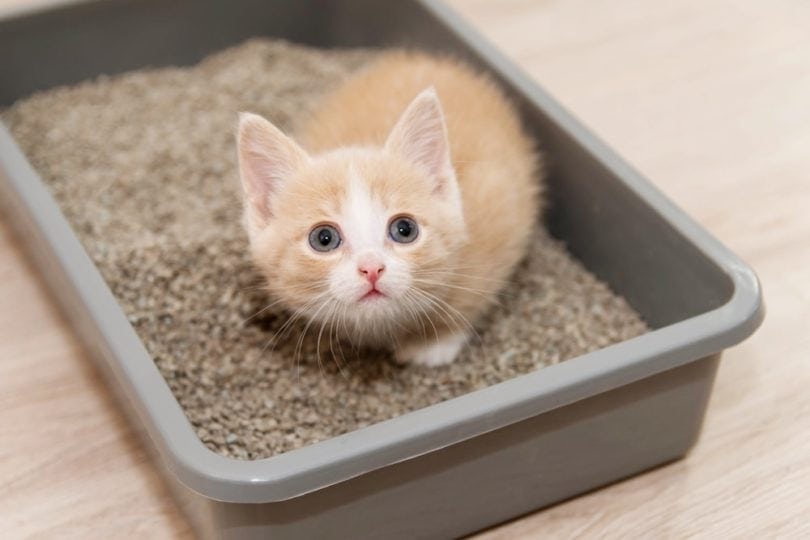Can Cats Eat Baby Food? Vet-Approved Facts & Safety Guidelines

Updated on

Over the past several years, there’s been a rise in the popularity of human-grade pet food. So, feeding your cat baby food isn’t as far-fetched a question as it might’ve been years ago. Well, the answer isn’t black and white.
You can feed your cat baby food, but it heavily depends on the ingredients. It should be an occasional treat and never their main diet. So, here are some things to consider before you feed your furbaby human baby food.
Can Cats Eat Baby Food?
Cats can safely eat baby food once in a while as long as the recipe matches their natural diet. When looking for baby food, make sure to keep the following factors in mind.
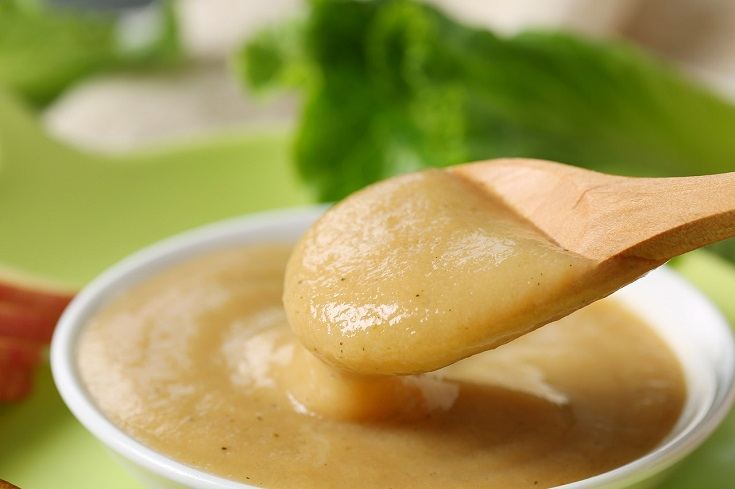
Natural Meat Protein
Cats are obligate carnivores, so they need to eat a high-protein diet derived from meat. Cat’s can’t live healthy lives by eating a plant-based diet because many of their essential nutrients, like taurine, come from animal meat, such as beef and chicken.
Some of the best kinds of baby food for cats can be meat recipes. However, just be careful of how the formula is seasoned. Onions and garlic of all forms often get included in baby food, but these vegetables are harmful for cats.
Minimal Carbohydrates
Cats can also gain essential nutrients from vegetables and carbohydrates, but they can’t process these types of food very well. So, it’s best to avoid plant-based baby food. If you do give your cat fruit-based or vegetable-based baby food, only provide it as a snack. Avoid cat food that contains too many carbohydrates, such as rice, corn, and potatoes.
Low Amounts of Sugar
Baby food brands can put too much sugar into their recipes. Although sugar isn’t toxic to cats, there’s no benefit to feeding your cat sugar.
To begin with, most indoor cats are already susceptible to becoming overweight, especially if they’re neutered or spayed. They’re at a higher risk of gaining weight because their activity levels are much lower than wild or feral cats that can walk around for miles outdoors. Eliminating the need to mate also reduces a cat’s energy use and calms them down.
Cats also can’t taste sweetness because they don’t have taste receptors that enable them to distinguish this flavor. So, sweet treats don’t serve any nutritional purpose, and cats can’t even enjoy the taste of sugar.
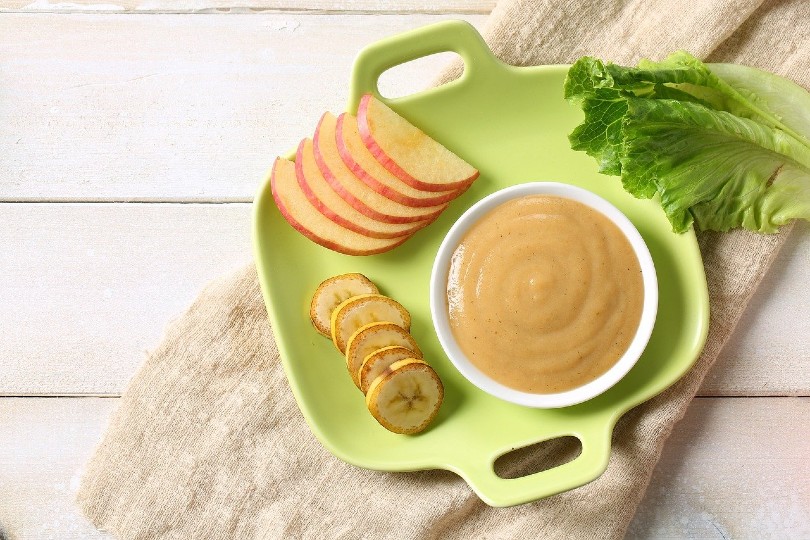
Simple Recipe
When shopping for baby food, keep it simple. Cats have sensitive digestive systems, so a complex recipe with too many ingredients or preservatives can easily cause upset stomachs.
When you introduce your cats to a new food, make sure to gradually add the food to their diet in small increments over a span of several days. Sudden changes in their diet can make them feel sick.
Organic Ingredients
Since cats are not the intended recipient of baby foods, the ingredients may not suit them. They can easily become affected by any additives and preservatives. Organic foods ensure that your cats eat clean and whole foods.
Foods That Aren’t Safe for Cats
It’s also important to keep in mind that humans can eat some foods that are unsafe or toxic to cats. Make sure to avoid feeding your cat baby food that contains the following ingredients.
Onions and Garlic
Onions, garlic, and other vegetables in the Allium family are unsafe for cats. Even onion powder and garlic powder are toxic to cats. These vegetables aren’t easily digestible, and eating too much can cause a cat to become anemic.
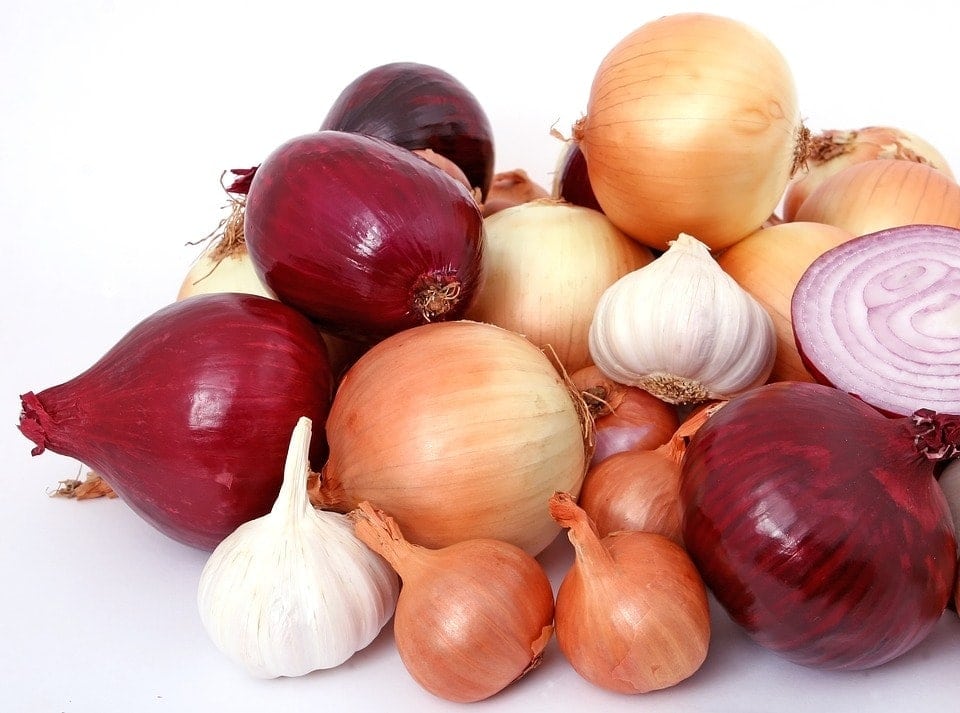
Grapes
Grapes and raisins of all kinds can be toxic to cats. The exact toxic properties are unknown, but ingesting grapes and raisins can lead to kidney failure.
Dairy
Contrary to popular belief, many cats can’t process dairy. They tend to be lactose intolerant after kittenhood as the lactase enzyme decreases. Some cats may safely enjoy cheese, but there’s a good chance that your cat will not be able to eat it without feeling sick.
Avocado
All parts of the avocado plant can be harmful to cats. Avocados contain a toxin called persin, which is a natural fungicide. Cats that eat avocado can end up with an upset stomach and experience vomiting or diarrhea.
The pit could also be a choking hazard, and since avocados have a high fat content, cats can develop pancreatitis.

Citrus
Citrus fruits contain essential oils that can irritate a cat’s gastrointestinal system. The flesh of the fruit is safe to eat, but the rest of the fruit, such as the peel, skin, and seeds, are unsafe for cats to eat.
Fortunately, most cats don’t like the smell of citrus fruit, so they’ll naturally avoid it.
Foods That Are Safe for Cats
- Cooked meat
- Pumpkin
- Oatmeal
- Spinach
- Carrots
- Peas
- Blueberries
- Peanut butter
- Apples
- Bananas
- Strawberries
When Is It Appropriate to Feed Cats Baby Food?
Baby food can’t be a meal replacement for cats because it doesn’t meet their nutritional needs. Therefore, it would be appropriate to give your cat baby food as a special treat. Since cats don’t process carbohydrates very well and don’t need to eat many fruits and vegetables, they’ll benefit the most from eating baby food with a meat recipe.
Just keep in mind that cats also have essential amino acids, fatty acids, vitamins, and minerals that they need to consume regularly for healthy bodily functioning.
- Omega-3 and omega-6 fatty acids
- Taurine
- Vitamin A
- Vitamin D
- Riboflavin
- Niacin
- Selenium
- Calcium
- Potassium
- Magnesium
- Manganese
The Association of American Feed Control Officials (AAFCO) provides a comprehensive list of nutrients that cats should regularly consume.
Now that you know what you can safely feed your cat, it’s just as important to find a bowl that supports their health and well-being. With whisker-friendly bowls and a wide tray to catch any spills, our Hepper NomNom Cat Bowl is our favorite option.
Conclusion
The best baby food recipe will have meat protein as its main ingredient. It’ll be free of added sugars and salt and will only use organic products.
Baby food should never replace a cat’s regular meals. It should only be used as occasional treats or meal toppers to entice cats to eat their usual food or to help them take medicine under advice from a vet.
- See Also: Is Baby Powder Safe for Cats?
Featured Image Credit: Pixel-Shot, Shutterstock




